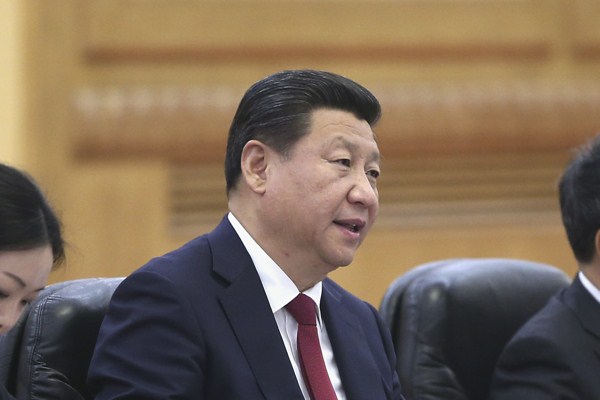SHANGHAI—Since coming to power, the current Chinese government has steadily managed down both the rate of actual industrial expansion and expectations of future growth in the world’s second-largest economy, with a host of key economic indicators now at multiyear lows. Strikingly, however, in the face of what might be described as an industrial hard landing, job creation and income growth remain remarkably robust.
There has never been a shortage of predictions of the impending collapse of the Chinese economy. But year after year, the country has defied the bears and continued its remarkable economic development faster than the majority of forecasts. In the past, headline growth of gross domestic product has generally been the top priority for government officials, often to the detriment of sustainability and civil justice. But the old structures appear to be changing, in a year that has to date been by far the most challenging period for the Chinese economy since the global financial crisis.
The first half of 2014 was dominated by significant credit concerns, and the second half so far has yielded a sharp deterioration in a host of key growth metrics, well below even the most pessimistic mainstream economic forecasts. Some parts of the country, notably the old industrial heartlands of the Northeast, have seen GDP growth decline from the low teens to low single digits in a matter of months, even as major bulk commodities such as thermal coal and iron ore have seen prices plummet to multiyear lows.

